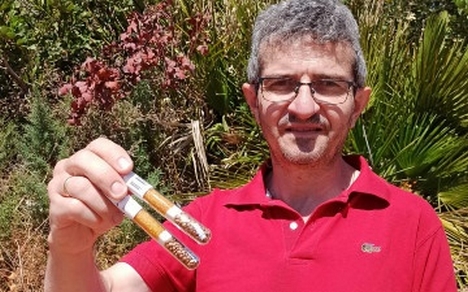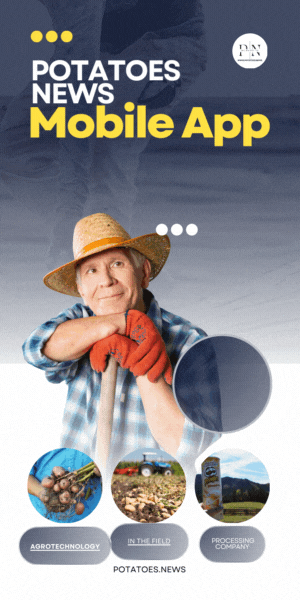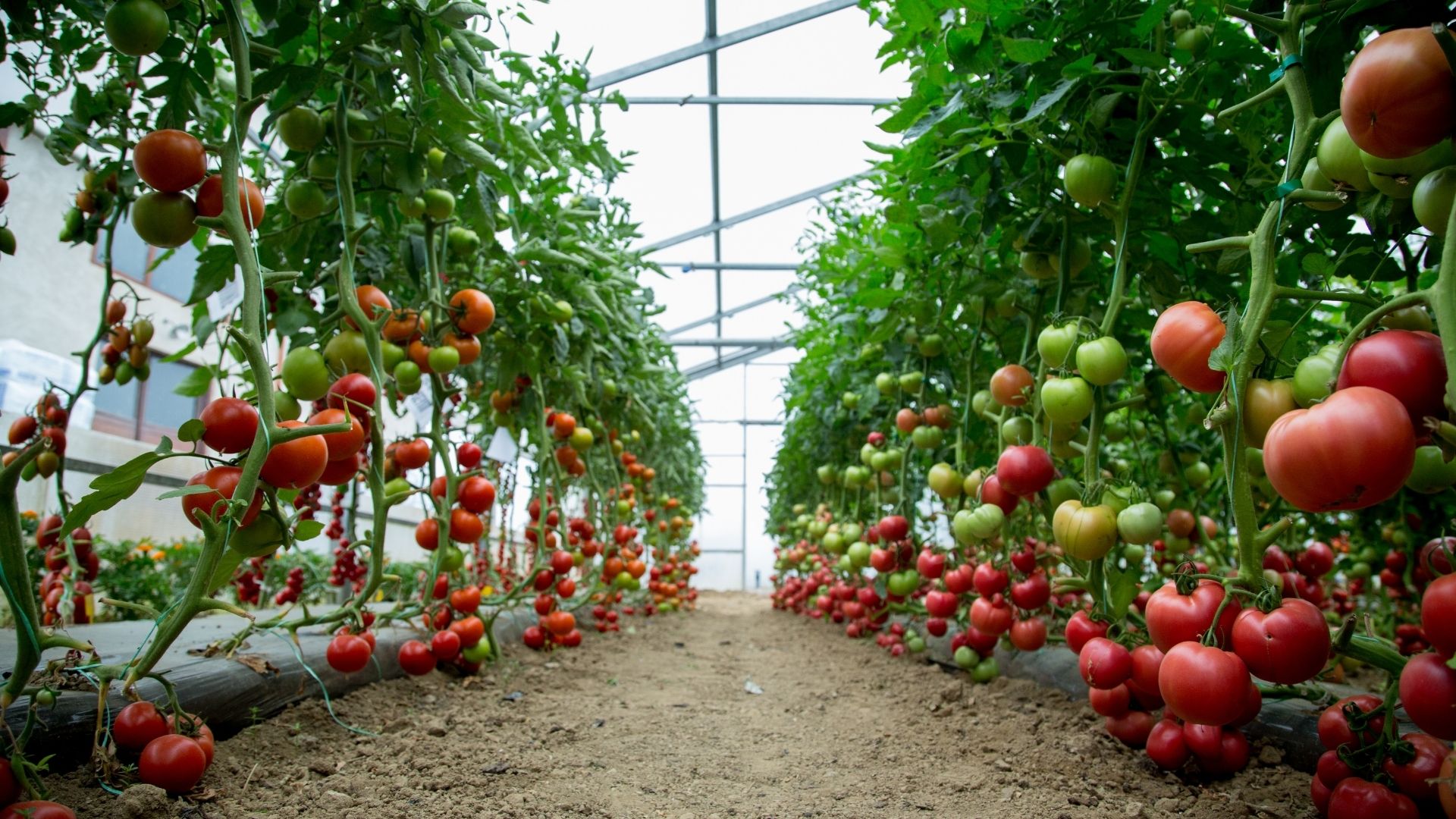Santiago Moreno, full professor of the Plant Biotechnology- Biology Department, has recently taken on the task of leading the UPM Plant Germplasm Bank (UPM-PGB). He mentions two essential functions in this facility, located in the Escuela Técnica Superior de Ingeniería Agronómica, Alimentaria y de Biosistemas (ETSIAAB).
First, preserving biodiversity, as “basis for good ecosystem status”. Secondly, promoting scientific advances “for a better understanding of plant genetic resources and a more sustainable development of food and agriculture”. Furthermore, Professor Moreno reminds the connection of these tasks with two of the Sustainable Development Goals (SDGs) promoted by the UN: Protect, restore and promote terrestrial ecosystems and, end hunger.
Santiago Moreno, full professor of the Plant Biotechnology- Biology Department
The importance of the UPM-PGB begins with its historic nature. It was the first in the world to specialise in wild seeds.
Indeed, it was born in 1966, with Cruciferae family wild plants that Professor César Gómez Campo used as a basis for his research work. Its creation comes at the years of excellent plant breeding developments, on what was termed the green revolution. By that time, there already was interest in conserving seeds of cultivated species; in fact, several banks had been created for this purpose in the world. When Professor Gómez Campo made the world’s first seed bank for wild species, he was not only recognising the intrinsic value of wild species seeds but also their potential application for crop breeding.
What are the most relevant collections? How many species does the bank keep?
Wild crucifers are, for sure the most internationally recognised collection. Not only cabbages, radishes, turnips and mustard belong to this family but also an endless number of wild species, including Diplotaxis (wall-rocket) that portrays our fields and cities yellow in early spring. The UPM-PGB gathers one of the vastest collections of wild crucifers worldwide with almost 500 species and more than 1,500 accessions. Because of their kinship with the cultivated species mentioned above, many of these species have a particular added value.
There is also a well-known second collection of endemic species from the Iberian Peninsula, the Balearic Islands and the Macaronesian region, which includes the Canary Islands archipelago. The Artemis project allowed the implementation of this collection a few years later, in 1973. Its purpose was to collect and conserve the seeds of our endemic species in the long term. Nowadays around 300 endemic species in all are conserved in the bank.
Are the incorporations still ongoing, or is it a closed inventory?
Although budget and staff cuts affect incorporations, these keep on due to two key reasons. First, there is still a lot of exciting material not present in the UPM-PGB. For example, the representation of species of the Cruciferae family is impressive, but the representation of the different populations that frame each species is not so good. This issue becomes vital as breeders [focused on getting varieties with characteristics superior to those already existing] can sometimes find genes of interest in the intraspecific variability of wild material.
Secondly, the bank, as a member of the Collection Network of the National Programme of Plant Genetic Resources, cooperates honouring the international commitments our country has undertaken in terms of plant genetic resources conservation and global management for food and agriculture.
Read the complete article at www.upm.es











